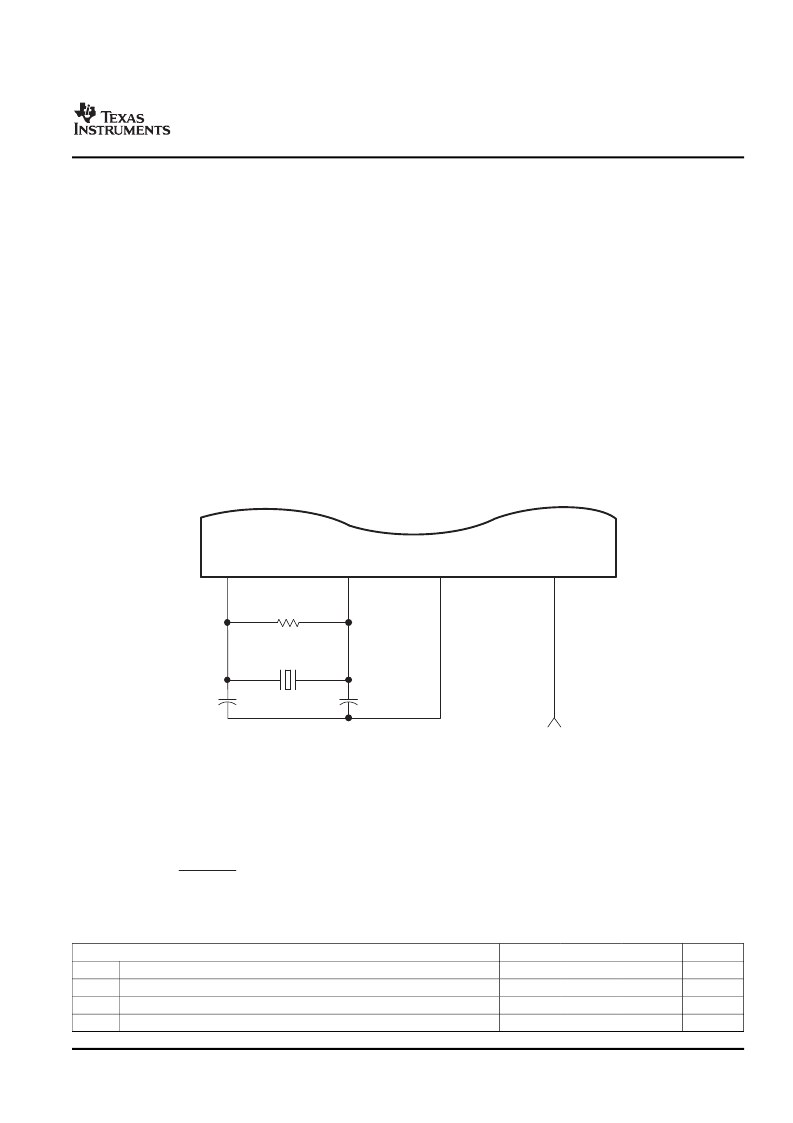- 您現(xiàn)在的位置:買賣IC網(wǎng) > PDF目錄383961 > TMX320DM6443ZWT (Texas Instruments, Inc.) Digital Media System-on-Chip PDF資料下載
參數(shù)資料
| 型號: | TMX320DM6443ZWT |
| 廠商: | Texas Instruments, Inc. |
| 英文描述: | Digital Media System-on-Chip |
| 中文描述: | 數(shù)字媒體系統(tǒng)片上 |
| 文件頁數(shù): | 101/221頁 |
| 文件大小: | 1582K |
| 代理商: | TMX320DM6443ZWT |
第1頁第2頁第3頁第4頁第5頁第6頁第7頁第8頁第9頁第10頁第11頁第12頁第13頁第14頁第15頁第16頁第17頁第18頁第19頁第20頁第21頁第22頁第23頁第24頁第25頁第26頁第27頁第28頁第29頁第30頁第31頁第32頁第33頁第34頁第35頁第36頁第37頁第38頁第39頁第40頁第41頁第42頁第43頁第44頁第45頁第46頁第47頁第48頁第49頁第50頁第51頁第52頁第53頁第54頁第55頁第56頁第57頁第58頁第59頁第60頁第61頁第62頁第63頁第64頁第65頁第66頁第67頁第68頁第69頁第70頁第71頁第72頁第73頁第74頁第75頁第76頁第77頁第78頁第79頁第80頁第81頁第82頁第83頁第84頁第85頁第86頁第87頁第88頁第89頁第90頁第91頁第92頁第93頁第94頁第95頁第96頁第97頁第98頁第99頁第100頁當前第101頁第102頁第103頁第104頁第105頁第106頁第107頁第108頁第109頁第110頁第111頁第112頁第113頁第114頁第115頁第116頁第117頁第118頁第119頁第120頁第121頁第122頁第123頁第124頁第125頁第126頁第127頁第128頁第129頁第130頁第131頁第132頁第133頁第134頁第135頁第136頁第137頁第138頁第139頁第140頁第141頁第142頁第143頁第144頁第145頁第146頁第147頁第148頁第149頁第150頁第151頁第152頁第153頁第154頁第155頁第156頁第157頁第158頁第159頁第160頁第161頁第162頁第163頁第164頁第165頁第166頁第167頁第168頁第169頁第170頁第171頁第172頁第173頁第174頁第175頁第176頁第177頁第178頁第179頁第180頁第181頁第182頁第183頁第184頁第185頁第186頁第187頁第188頁第189頁第190頁第191頁第192頁第193頁第194頁第195頁第196頁第197頁第198頁第199頁第200頁第201頁第202頁第203頁第204頁第205頁第206頁第207頁第208頁第209頁第210頁第211頁第212頁第213頁第214頁第215頁第216頁第217頁第218頁第219頁第220頁第221頁

www.ti.com
6.5 External Clock Input From MXI/CLKIN Pin
6.5.1
Clock Input Option 1 – Crystal
MXI/CLKIN
MXO
C1
C2
Crystal
27 MHz
MXV
SS
1.8 V
MXV
DD
RBIAS
(optional)
C
L
C
1
C
2
(
C
1
C
2
)
TMS320DM6443
Digital Media System-on-Chip
SPRS282E–DECEMBER 2005–REVISED MARCH 2007
The DM6443 device has two input pins for an external clock source, MXI/CLKIN and M24XI. The
MXI/CLKIN pin provides the clock source for PLL1 and PLL2 whose optimal frequency is 27 MHz. The
M24XI pin provides the clock source for the USB PLL whose optimal frequency is 24 MHz.
The DM6443 device includes two options to provide an external clock input:
1. Use an on-chip oscillator with external crystal or ceramic resonator circuit (only supporting
parallel-resonant mode; it does not provide overtone support). For more details, see
Section 6.5.1
.
2. Use an external 1.8-V LVCMOS-compatible clock input. For more details, see
Section 6.5.2
.
6.5.1.1
27-MHz Crystal for System Oscillator
In this option, a crystal is used as the external clock input to the DM6443 PLL1 and PLL2.
The 27-MHz oscillator provides the reference clock for all DM6443 subsystems and peripherals. The
on-chip oscillator requires an external 27-MHz crystal connected across the MXI and MXO pins, along
with two load capacitors, as shown in
Figure 6-10
. The external crystal load capacitors
must
be
connected only to the 27-MHz oscillator ground pin (MXV
SS
).
Do not
connect to board ground (V
SS
). The
MXV
DD
pin can be connected to the same 1.8 V power supply as DV
DD18
.
Figure 6-10. 27-MHz System Oscillator
The RBIAS resistor is optional. If the RBIAS resistor is used, it should equal 1 M
±
5%. The load
capacitors, C1 and C2, should be chosen such that the equation is satisfied (typical values are C1 = C2 =
10 pF). C
L
in the equation is the load specified by the crystal manufacturer. All discrete components used
to implement the oscillator circuit should be placed as close as possible to the associated oscillator pins
(MXI and MXO) and to the MXV
SS
pin.
Table 6-10. Crystal Requirements for a 27-MHz System Oscillator
PARAMETER
MIN
TYP
MAX
UNIT
ms
MHz
ppm
Start-up time (from power up until oscillating at stable frequency of 27 MHz)
Oscillation frequency
ESR
Frequency stability
4
27
60
±
50
Submit Documentation Feedback
Peripheral and Electrical Specifications
101
相關PDF資料 |
PDF描述 |
|---|---|
| TMS320DM647_08 | Digital Media Processor |
| TMS320DM647ZUT720 | Digital Media Processor |
| TMS320DM647ZUT900 | Digital Media Processor |
| TMS320DM648ZUT720 | Digital Media Processor |
| TMS320DM648ZUT900 | Digital Media Processor |
相關代理商/技術參數(shù) |
參數(shù)描述 |
|---|---|
| TMX320DM6444AZWT | 制造商:Texas Instruments 功能描述:TMS320DM6443, TMS320DM6444 DIGITAL MEDIA SOC DATA SHEET - Trays |
| TMX320DM6446AZWT | 制造商:Texas Instruments 功能描述: |
| TMX320DM6446AZWT8 | 制造商:Texas Instruments 功能描述:DAVINCI REL 2.1 810 MHZ - Trays |
| TMX320DM6446AZWTA | 制造商:Texas Instruments 功能描述:DAVINCI DIGITAL MEDIA SYSTEM-ON-CHIP - Trays |
| TMX320DM6446BZWT | 制造商:Texas Instruments 功能描述:SYS-ON-CHIP PROCESSOR 361PIN NFBGA - Trays |
發(fā)布緊急采購,3分鐘左右您將得到回復。